What does the US dollar’s sudden about-turn mean for the markets?
After rallying strongly since late spring, the US dollar wobbled this week. Dominic Frisby looks at where the greenback is going next, and what that means for the markets.

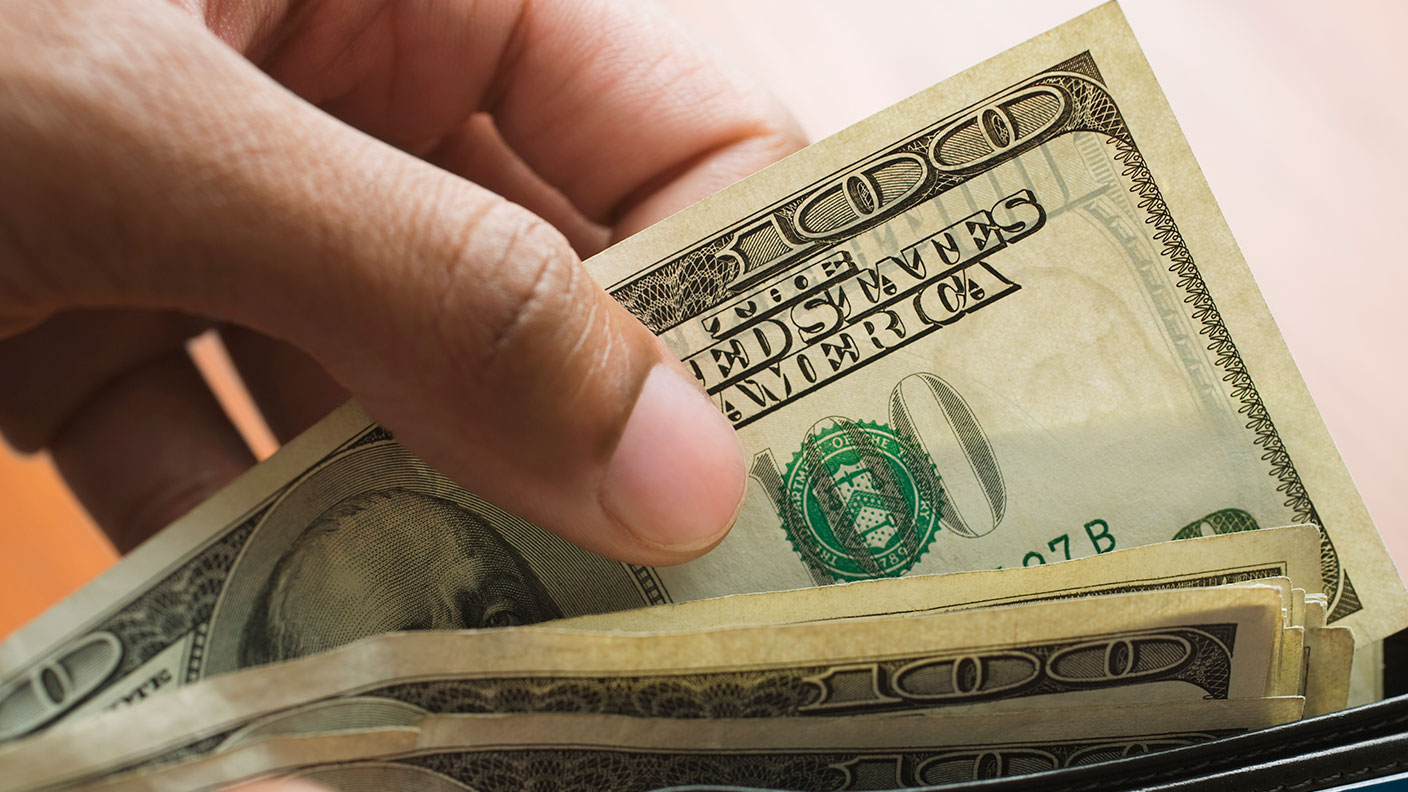
We have been watching the US dollar intently on these pages for many months now, and urgently reporting on developments when and if they occur.
Today sees one such dispatch.
Over the past few days the US dollar has done one of its sudden about-turns.
MoneyWeek
Subscribe to MoneyWeek today and get your first six magazine issues absolutely FREE

Sign up to Money Morning
Don't miss the latest investment and personal finances news, market analysis, plus money-saving tips with our free twice-daily newsletter
Don't miss the latest investment and personal finances news, market analysis, plus money-saving tips with our free twice-daily newsletter
What had seemed like an upward thrust, threatening to kill the likes of gold and silver stone dead, has suddenly reversed and the run that began in May now seems to be running out of steam.
A weak dollar sent asset prices soaring
In many ways the US dollar is the single most important price in the world. The dollar is, of course, the global reserve currency. Vital commodities from oil to copper to wheat – energy, metal and food, in other words – are traded in US dollars.
It is a determinant of international capital flows: is money flowing from or to the United States?
A strong US dollar is in some ways good for international stability. It is good for America’s reputation. But a weak dollar enables it to print and spend, and boy does America like printing and spending.
When the dollar is weak, asset prices rise – and the world sure does love a bit of asset-price inflation. Borrowing is cheap, house prices go up, stock prices go up, bond prices go up, energy and metal prices go up. The party keeps on rocking.
When the dollar is strong, an international sense of the jitters ensues and the world worries that the asset price inflation party that has been going on since 15 August, 1971, might be coming to an end.
If you like a bit of asset price inflation, the year from April 2020 was one heck of a party – one that few of the revellers will ever forget, despite the amount of cheap money intoxicants that got consumed.
You might have thought that shutting down economies and a global pandemic might be bad for business. But the money printers gave us a year few of us will ever forget. Was there anything that didn’t go up in price? Steel, stocks, crypto, precious metals, energy; heck, even the price of labour went up. Even the cost of houses in now deserted city centres. It was a bonanza time for all. The S&P500 doubled.
I’m not even sure where the biggest party of the lot took place. It might have been lumber, it might have been some stupid cryptocurrency that nobody born before 1993 has ever heard of.
The party comes to a sudden stop
But then in May, the Feds came along and shut down the sound system. Go home, they said, and revellers staggered towards the nightbus with their new found riches. Did they really get rich? Or did stuff just get more expensive? And the value of their money go down?
We wizened observers think it was the latter. There are some that got rich; the clever ones with access to lots of cheap capital. Most think they got rich because their house went up a bit, but really, they just kept up. Those with no capital? They just fell further behind. Wealth inequality just got that bit worse.
Oxfam will print some numbers about it in a year or two. Everyone will get outraged, especially the clever ones with access to cheap capital. And the printing presses will keep on whirring.
But anyway – back to last May. All in all, over the course of the party, the US dollar index fell from 104 in March 2020 to 89 by the beginning of 2021. That’s a decline of around 14% – a lot for a currency.
I’d say, at a guess, financially speaking, the developed world got at least 14% less equal.
Then the US dollar suddenly rallied. Ooops. It got to 93. Party’s over.
No, it isn’t – in April it fell again. The asset price party’s back on. It slid all the way into May, and then we got another rally.
This time the rally had a stronger footing. There’s a double bottom – a really strong base there. This rally could have legs – and it did. We marched straight back to 93.
This could go all the way to the mid-to-high 90s, we felt. The heat came off commodities. The heat came off crypto. The heat never comes off US stocks!
But this week we got a wobble. Looks like we’re headed lower again. The selling pressure on precious metals and crypto in particular has abated. We’re now at 92, and 91 looks a given.
Do we go all the way back to 89?
I’m not so sure. I don’t mean to spoil the party, but this looks more like a pull back in a bull market to me.
I hope it isn’t, of course. I’m revelling in the asset-price party just as much as the rest of you.
Get the latest financial news, insights and expert analysis from our award-winning MoneyWeek team, to help you understand what really matters when it comes to your finances.
Dominic Frisby (“mercurially witty” – the Spectator) is as far as we know the world’s only financial writer and comedian. He is the author of the popular newsletter the Flying Frisby and is MoneyWeek’s main commentator on gold, commodities, currencies and cryptocurrencies. He has also taken several of his shows to the Edinburgh Festival Fringe.
His books are Daylight Robbery - How Tax Changed our Past and Will Shape our Future; Bitcoin: the Future of Money? and Life After the State - Why We Don't Need Government.
Dominic was educated at St Paul's School, Manchester University and the Webber-Douglas Academy Of Dramatic Art.
You can follow him on X @dominicfrisby
-
 Boost for over 100,000 families on Child Benefit as new HMRC payment system rolled out
Boost for over 100,000 families on Child Benefit as new HMRC payment system rolled outThousands of households will no longer have to pay the dreaded High Income Child Benefit Charge through self-assessment
-
 Are you being haunted by the ghost of Christmas past? How festive cutbacks could boost your long-term wealth
Are you being haunted by the ghost of Christmas past? How festive cutbacks could boost your long-term wealthThe average family spends around £1,000 over the Christmas season. Here’s how much you could have gained if you had invested some of the money instead.
-
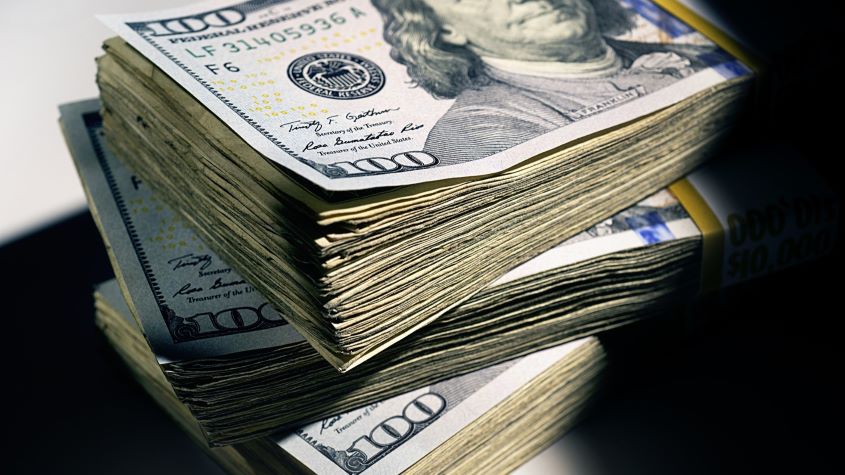 Why you should keep an eye on the US dollar, the most important price in the world
Why you should keep an eye on the US dollar, the most important price in the worldAdvice The US dollar is the most important asset in the world, dictating the prices of vital commodities. Where it goes next will determine the outlook for the global economy says Dominic Frisby.
-
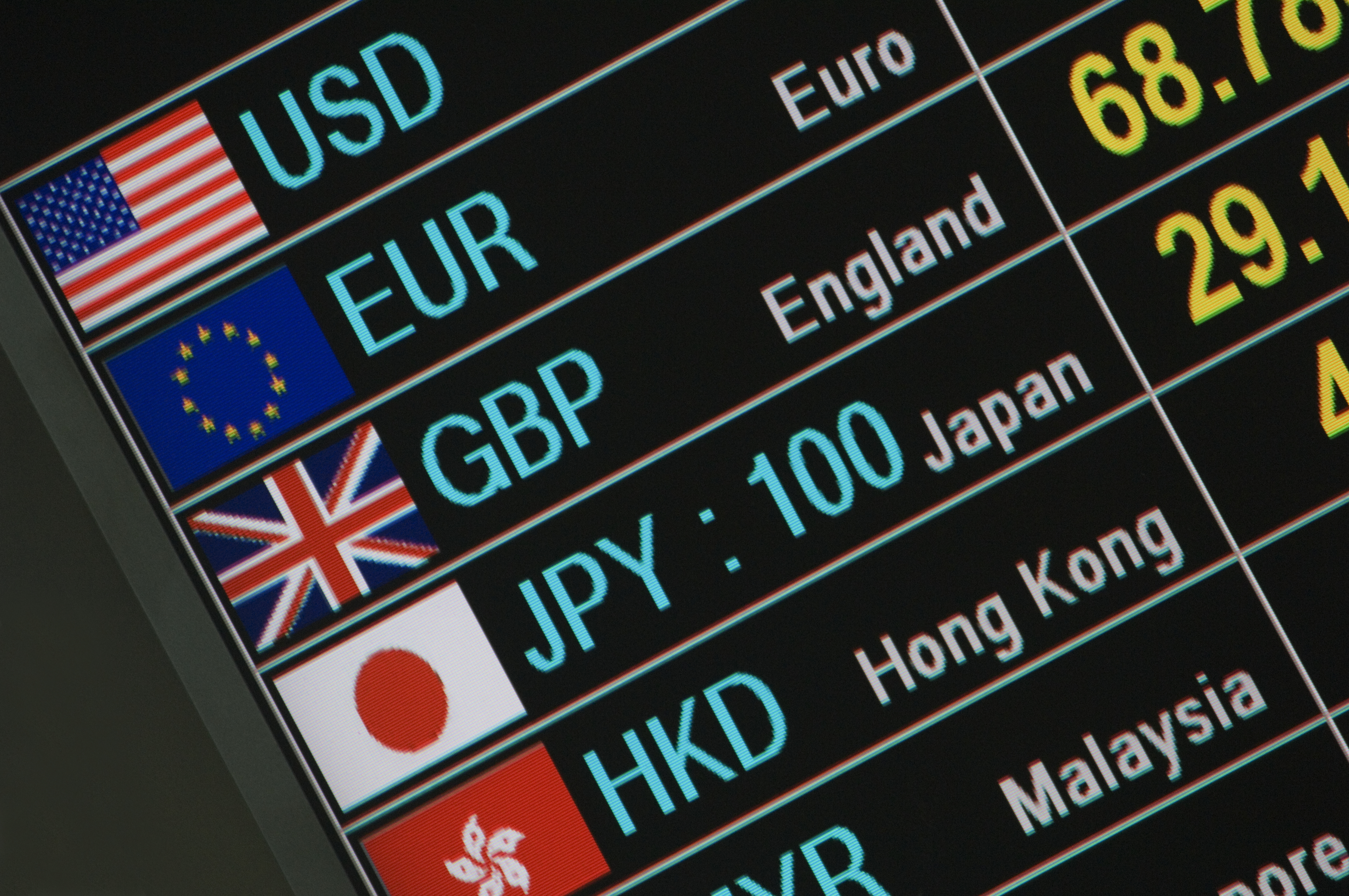 What is FX trading?
What is FX trading?What is FX trading and can you make money from it? We explain how foreign exchange trading works and the risks
-
 The Burberry share price looks like a good bet
The Burberry share price looks like a good betTips The Burberry share price could be on the verge of a major upswing as the firm’s profits return to growth.
-
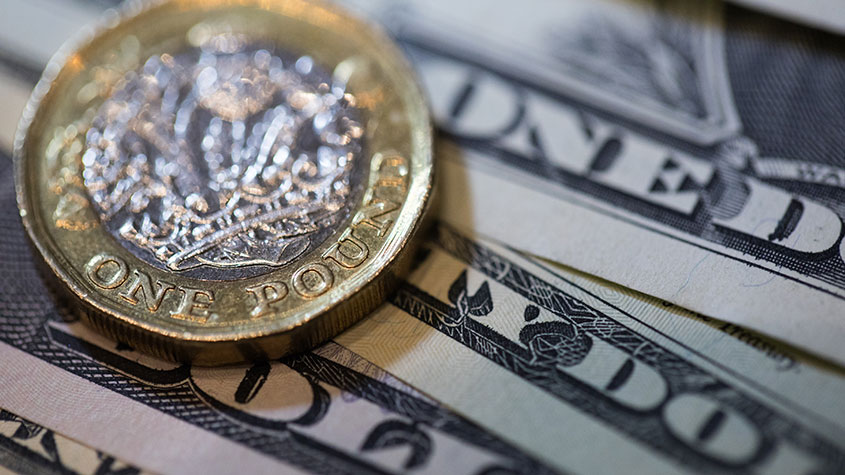 Sterling accelerates its recovery after chancellor’s U-turn on taxes
Sterling accelerates its recovery after chancellor’s U-turn on taxesNews The pound has recovered after Kwasi Kwarteng U-turned on abolishing the top rate of income tax. Saloni Sardana explains what's going on..
-
 Why you should short this satellite broadband company
Why you should short this satellite broadband companyTips With an ill-considered business plan, satellite broadband company AST SpaceMobile is doomed to failure, says Matthew Partridge. Here's how to short the stock.
-
 It’s time to sell this stock
It’s time to sell this stockTips Digital Realty’s data-storage business model is moribund, consumed by the rise of cloud computing. Here's how you could short the shares, says Matthew Partridge.
-
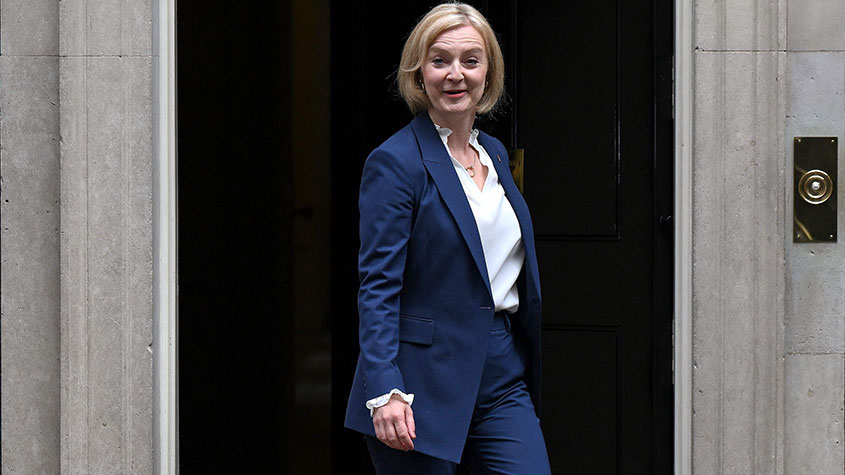 Will Liz Truss as PM mark a turning point for the pound?
Will Liz Truss as PM mark a turning point for the pound?Analysis The pound is at its lowest since 1985. But a new government often markets a turning point, says Dominic Frisby. Here, he looks at where sterling might go from here.
-
 Are we heading for a sterling crisis?
Are we heading for a sterling crisis?News The pound sliding against the dollar and the euro is symbolic of the UK's economic weakness and a sign that overseas investors losing confidence in the country.
